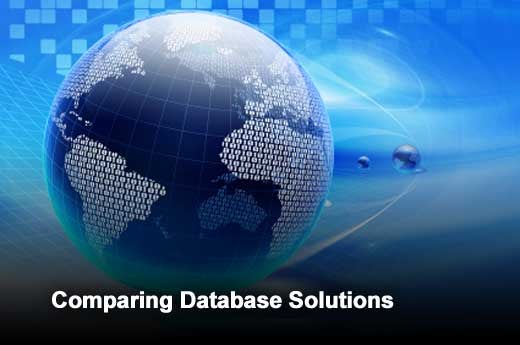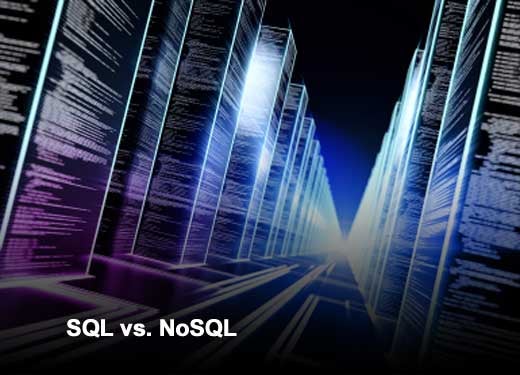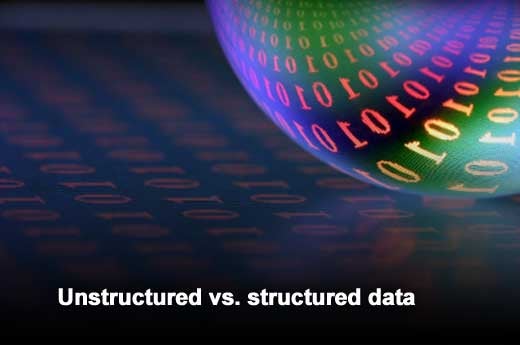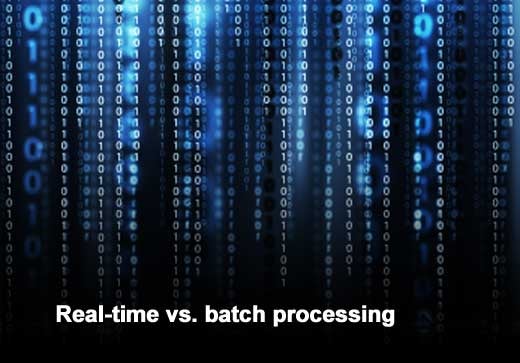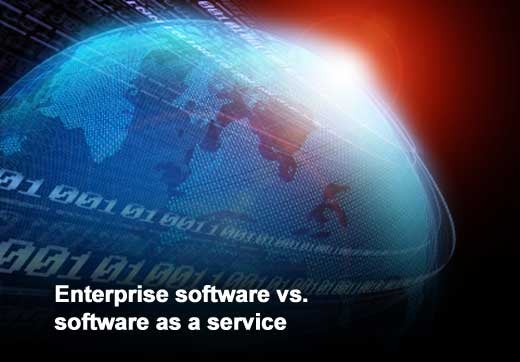Database technologies are rapidly evolving to a degree where it can be difficult to keep up with the newest solutions and buzzwords, let alone distinguish one from another. Looking for the right solution can be especially challenging when IT vernacular is constantly putting terms at odds. There are countless “this-or-that” conversations in database technology. In this slideshow, Kurt Dobbins, CEO of Deep Information Sciences, takes a look at a few of the most common faceoffs.
Click through for a closer look at some of the most common database choices, as identified by Kurt Dobbins, CEO of Deep Information Sciences.
While technology has rapidly evolved over the past 40 years, the database systems that store and analyze our data are based off of algorithms that are decades old. SQL (Structure Query Language) is a special-purpose programming language meant for managing data held in relational database management systems (RDMBS). SQL was one of the first commercial languages created for RDMBS and has become the most used language, beginning in the late 1980s, through modern day. SQL works on a relational model, which separates data into interrelated tables of rows and columns. When data need to be retrieved from a relational database, they must be collected from multiple tables that are organized in a defined schema.
NoSQL, on the other hand, is a query language that became popular in the late 2000s, and is a model that aggregates data based on a defined key or value formula. NoSQL does not use a schema, making the data easier to retrieve. Just because NoSQL is different, however, does not necessarily mean it is better: since it does not use a schema, NoSQL cannot handle highly complex data sets as easily as SQL.
What more and more companies are realizing is that there is often a need for both technologies. Organizations are increasingly looking for solutions that can handle both relational and non-relational models.
To make matters more complex, there are also various types of data that are associated with different database models. Structured data refers to information within a relational database that is highly organized with fixed fields associated with each record or file. Structured data often include dates, numbers and groups of words like those found in a subscriber spreadsheet or retail point-of-sale records.
Unstructured data, in contrast, is data that does not have a predefined data model. While unstructured data is typically text-based, it can also include numbers and dates — though they are not organized against a preexisting configuration. Some everyday examples of unstructured data include email, text messages and social media posts. Many companies utilize both structured and unstructured data in analyzing business operations, which can be challenging when choosing a database technology platform.
Batch processing has traditionally been seen as the most efficient way to process large volumes of data and is often used in instances when programs need to group transactions during a period of time. Batch processing inputs the transactions as a data set, simultaneously processing that data, and then produces an output set of data. The challenge with batch processing is that when applied to the same data sets, it inherently leads to time delays and latency. For these situations, real-time processing is a better bet.
Real-time processing enables a continual stream of data input and analysis to ensure data are up-to-date. For data-driven decisions that demand up-to-the-minute accuracy, real-time processing is the way to go. This can be applicable across industries, from online retailers trying to provide the most relevant advertisements to customers during a sale, to relief agencies that need the most up-to-date data to provide effective and urgent services.
Big Data has become an omnipresent term in every industry in recent years. However, Big Data does not necessarily mean big database. Big Data is not only defined by its volume; other factors also need to be taken into consideration including the complexity of the data, the computational demands of the queries (and associated analytics required) and the constraints of the data’s time to value. Some extremely large databases can be filled with large quantities of simple data that may be accumulated into a single table, for example, making processing and queries on this large data set very straightforward and responsive.
Other databases, although much smaller in aggregate size, can have less data volume, but the data sets themselves are more complex. In these instances, data transactions and queries can span multiple tables and structures that have to be transitionally isolated in real-time.
With constant changes in database technology, companies need to address whether they should build and maintain a system of enterprise software and hardware, often adapting the latest technology or employ a software as a service that will manage the infrastructure and data for them. Buying enterprise software involves costs associated with new products and implementation. In addition, building an internal infrastructure to support a new system can be time-consuming and costly if the proper internal resources are not available.
Working with a software as a service (or private cloud hosting) might be a faster transition, but leaves organizations with less control over the process. It can also be challenging to buy services and still account for integration of systems already in place. However, a shift towards finding a way to harmonize the old and the new is becoming prevalent in the database technology space. By joining the old and the new instead of putting them at odds, companies can find new solutions that fit their needs.


